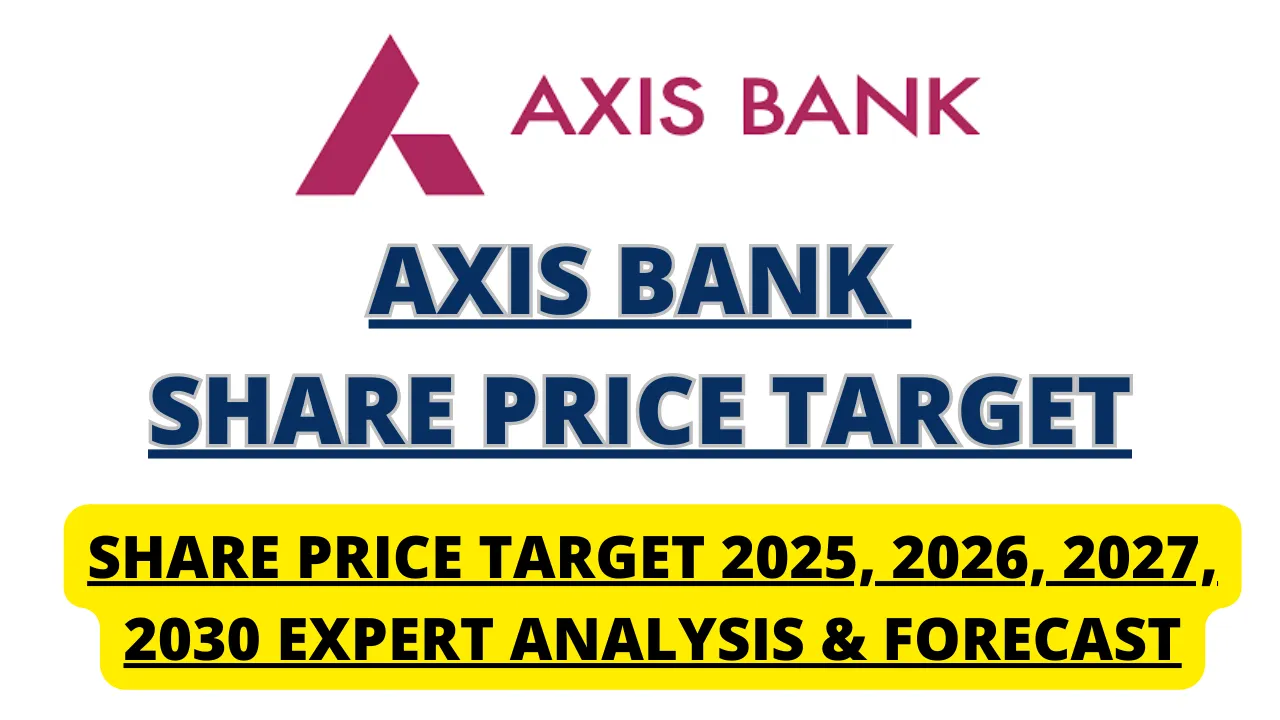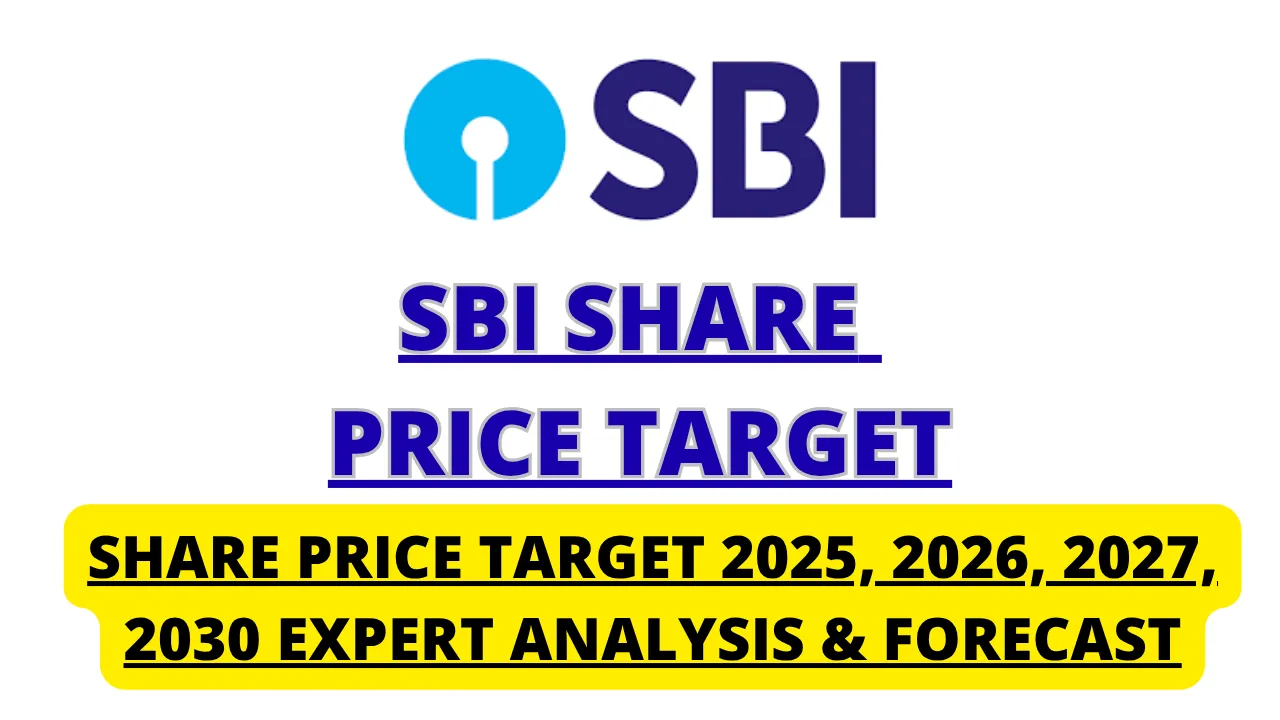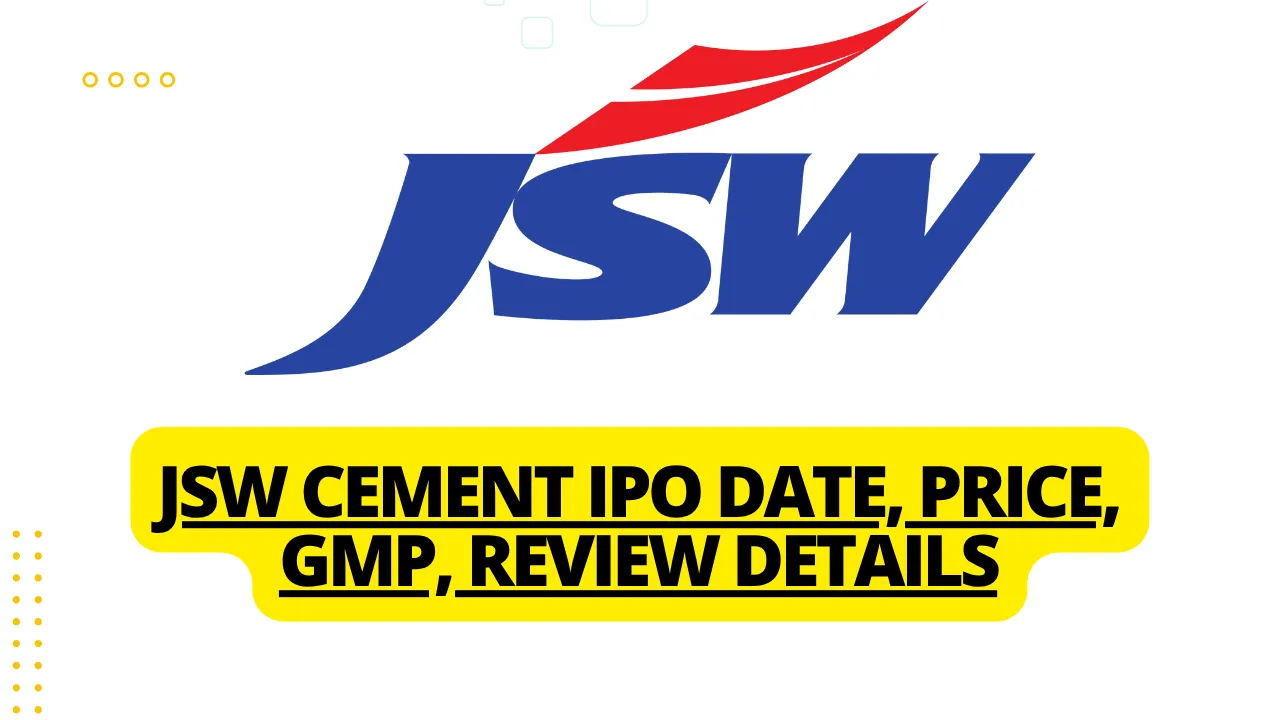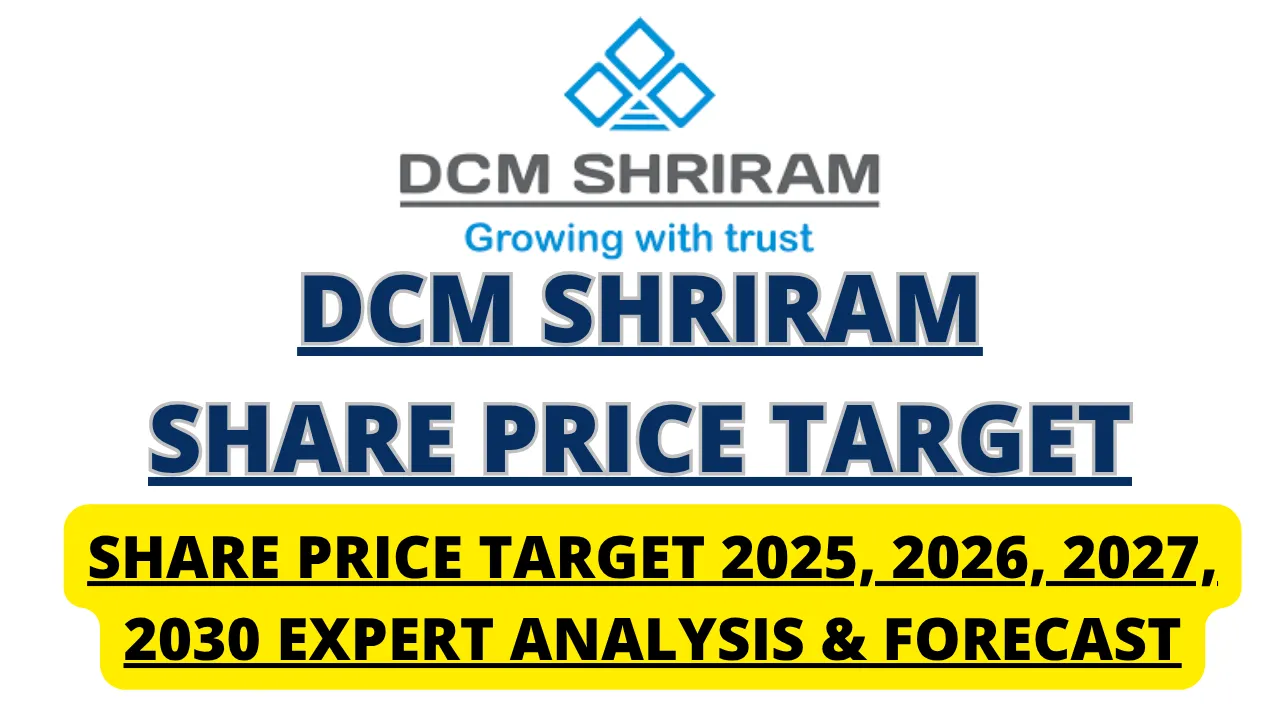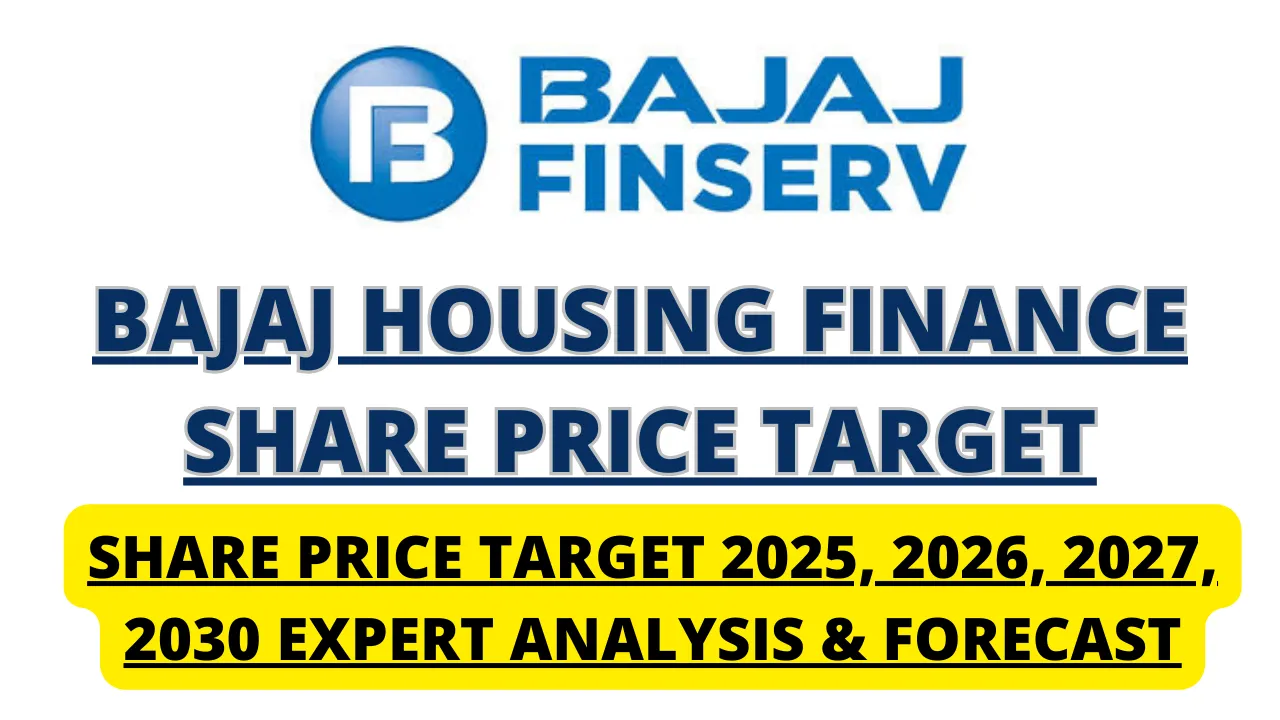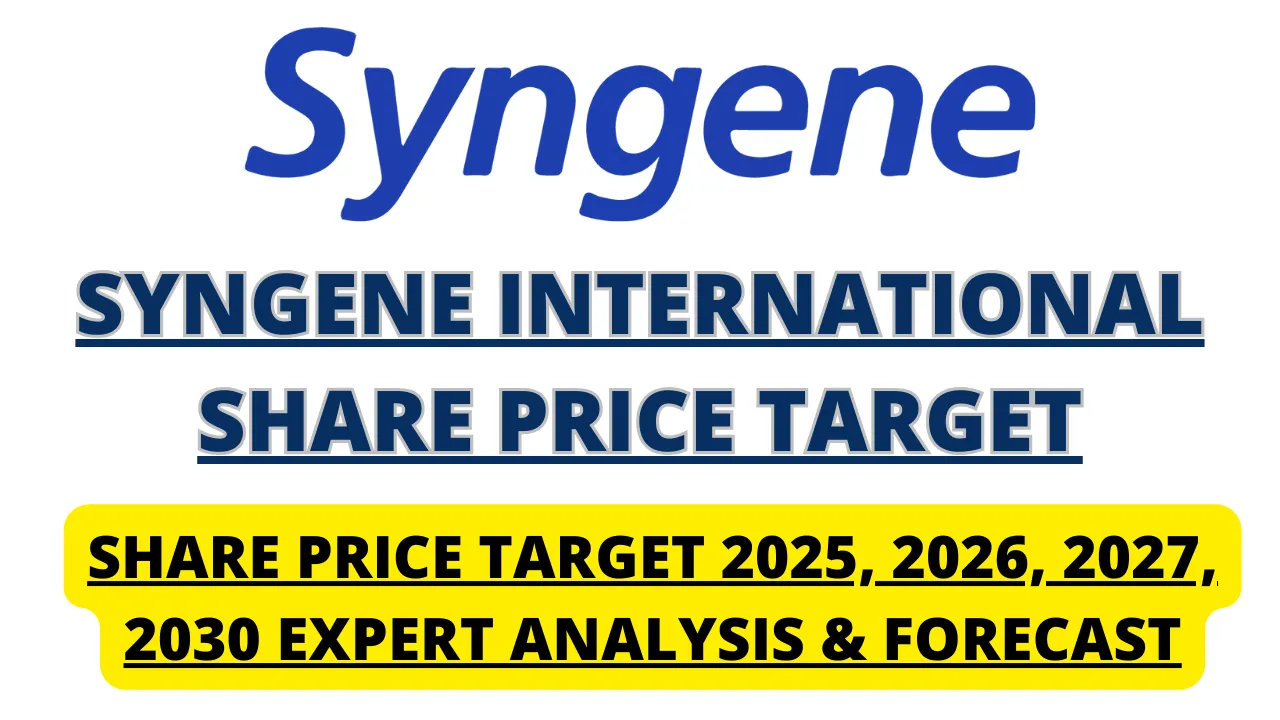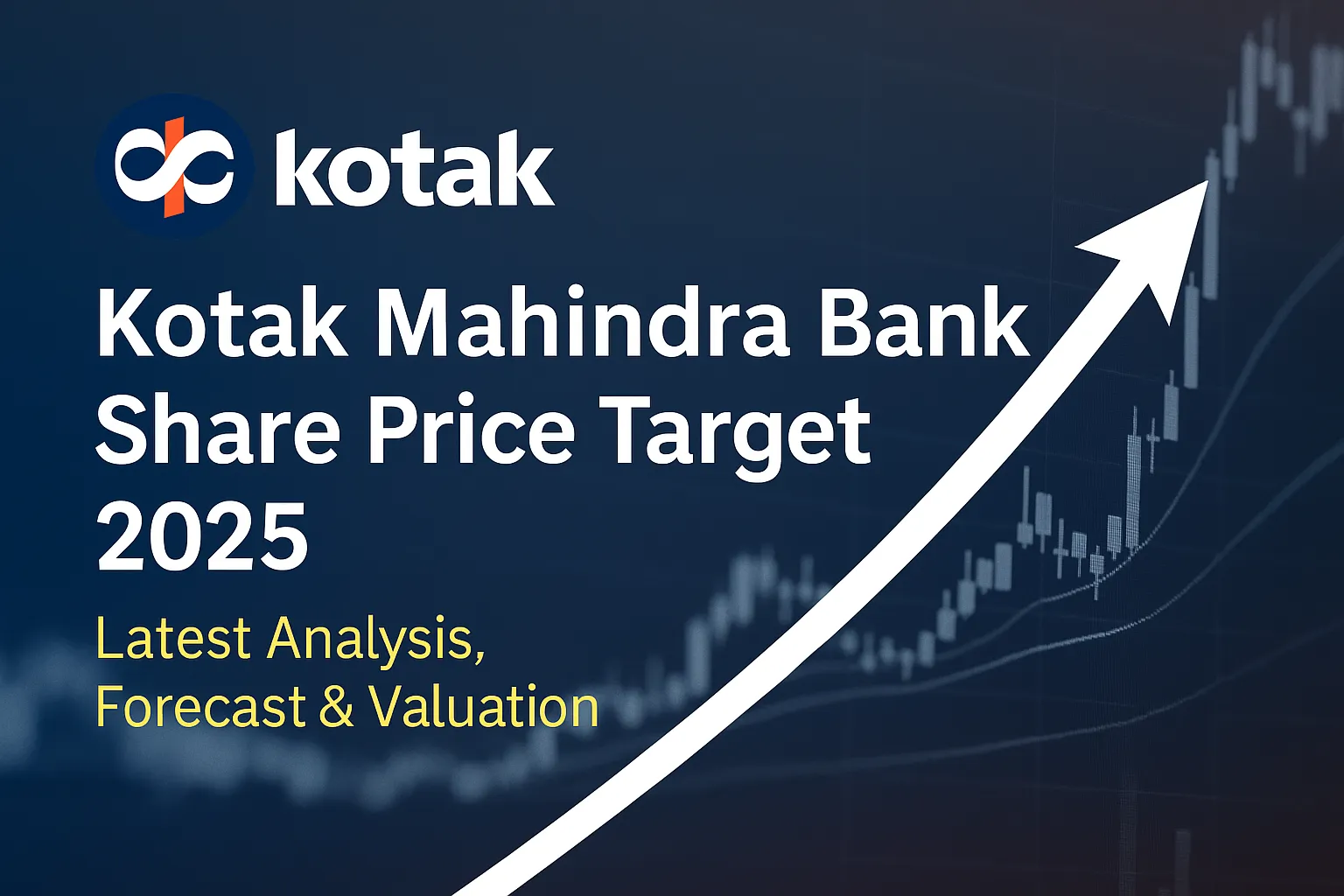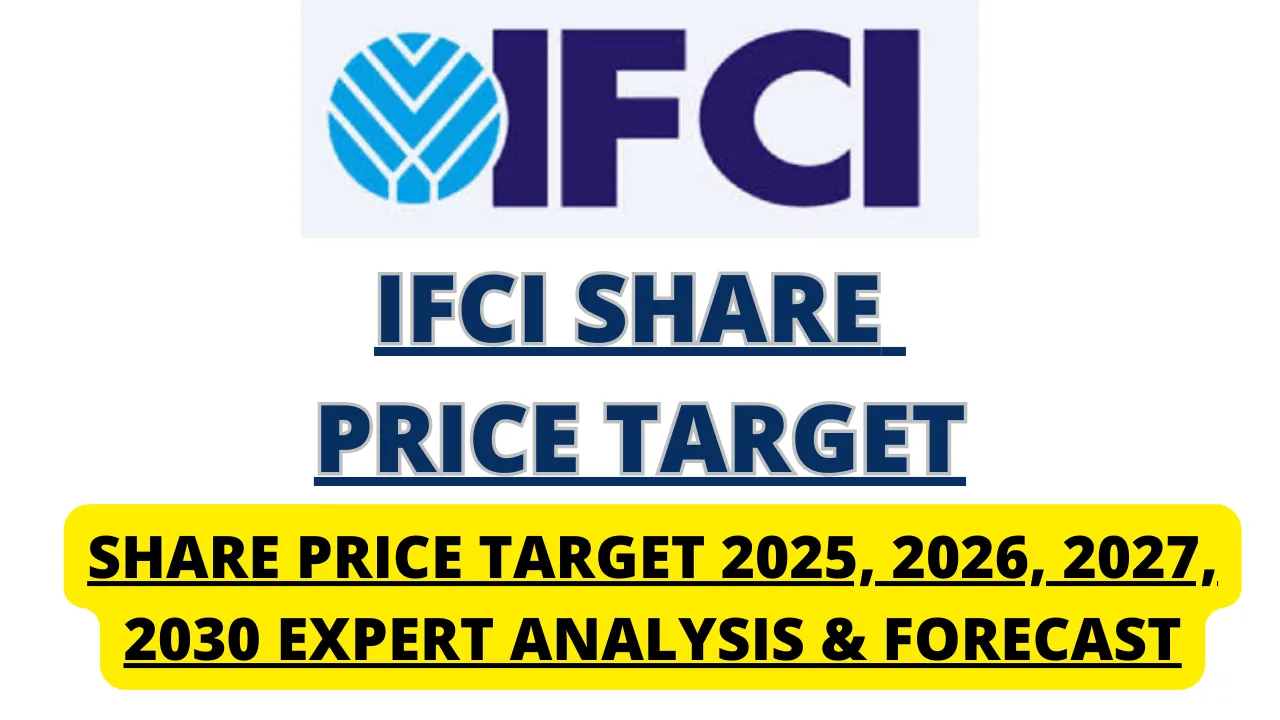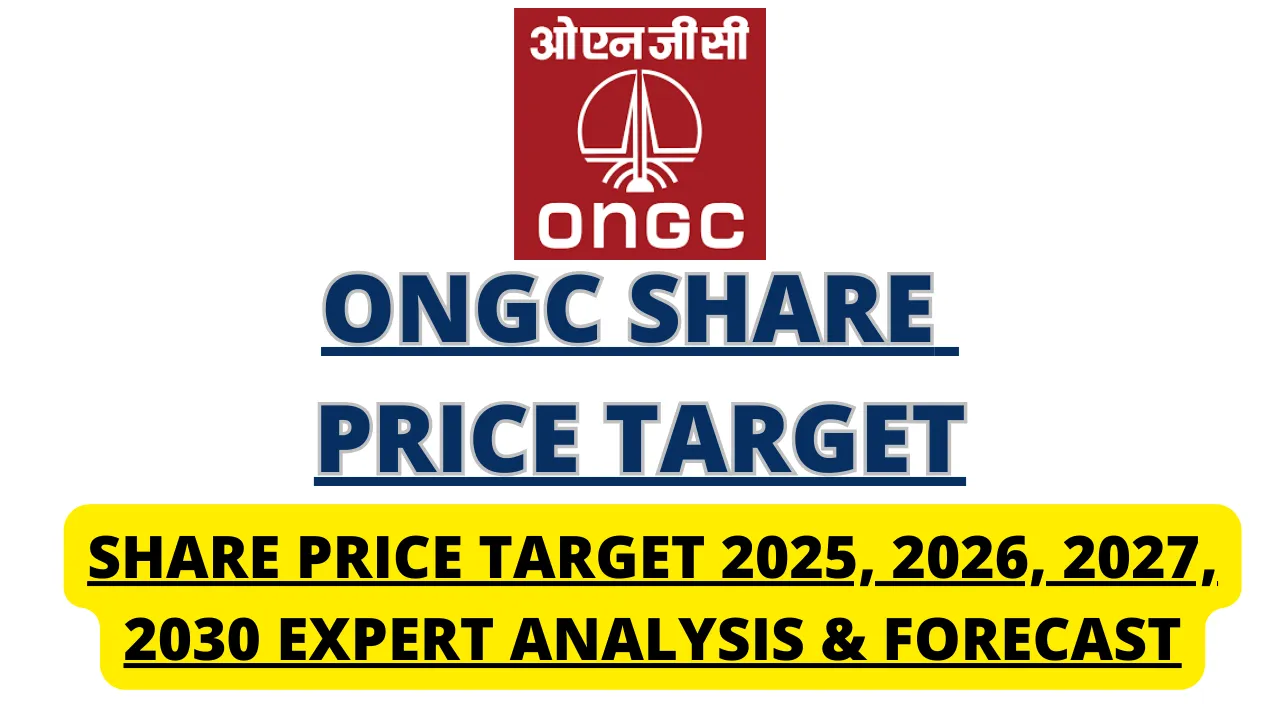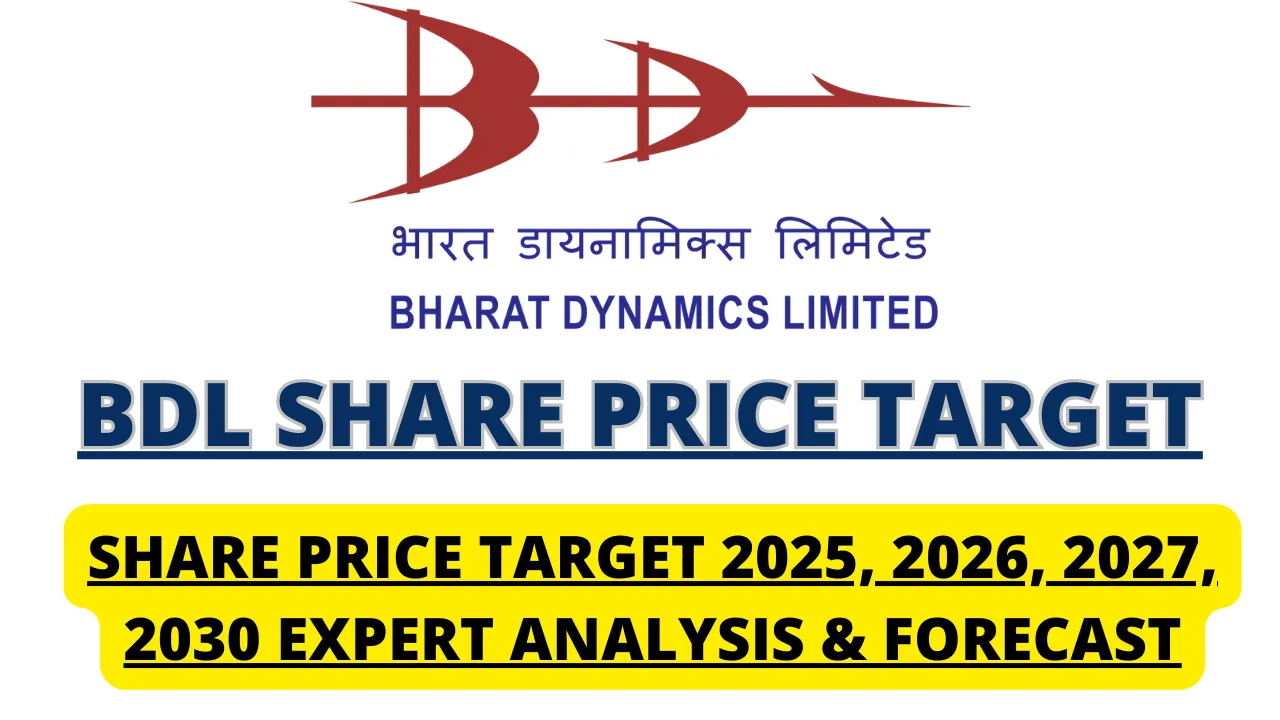Axis Bank Share Price Target; Axis Bank Limited, one of India’s leading private sector banks, has shown consistent growth over the years, making it a popular choice among investors. In this article, we will cover the Axis Bank share price targets for 2025, 2026, 2027, 2028, 2029, and 2030, along with fundamental and financial analysis to help you make informed investment decisions.
Axis Bank, initially known as UTI Bank, began operations in 1994 and quickly positioned itself as a reliable private sector bank in India. Headquartered in Mumbai, the bank offers a wide range of financial services including retail banking, corporate banking, wealth management, and treasury operations. Axis Bank’s consistent focus on innovation, customer service, and operational efficiency has contributed to its growth trajectory. The bank boasts an extensive network of branches and ATMs across the country, which strengthens its reach and service capabilities.
Axis Bank Share Price Target Overview (2025 to 2030)
| Year | Minimum Target Price | Maximum Target Price |
|---|---|---|
| 2025 | ₹1,330 | ₹1,341 |
| 2026 | ₹1,435 | ₹1,445 |
| 2027 | ₹1,540 | ₹1,550 |
| 2028 | ₹1,640 | ₹1,650 |
| 2029 | ₹1,750 | ₹1,760 |
| 2030 | ₹1,860 | ₹1,880 |
Axis Bank Share Price Target 2025
In 2025, Axis Bank’s share price is expected to continue its growth momentum, driven by strong fundamentals and sectoral tailwinds. Analysts predict the stock may trade between ₹1,330 and ₹1,341 by the end of the year. Factors such as expansion of retail loans, improved asset quality, and adoption of digital banking solutions are likely to support this growth.
Axis Bank Share Price Target 2026
Looking ahead to 2026, Axis Bank is expected to benefit from further credit growth and improved net interest margins. Share price projections suggest a range between ₹1,435 and ₹1,445. Enhanced focus on cost control and increasing market share in the corporate lending segment could be significant catalysts for this upward trend.
Axis Bank Share Price Target 2027
In 2027, Axis Bank is forecasted to continue its positive trajectory, supported by India’s economic growth and rising financial inclusion. Analysts estimate the share price will range between ₹1,540 and ₹1,550. Strategic partnerships, fintech collaborations, and greater penetration into semi-urban and rural markets could provide an additional boost.
Axis Bank Share Price Target 2028
By 2028, Axis Bank’s share price is expected to further strengthen, ranging between ₹1,640 and ₹1,650. Strong balance sheet management, improved operating efficiencies, and sustainable growth strategies could help the bank outperform peers. Continuous investment in technology and customer experience will likely maintain Axis Bank’s competitive edge.
Axis Bank Share Price Target 2029
The year 2029 could see Axis Bank’s share price move between ₹1,750 and ₹1,760. Rising disposable incomes, growth in MSME lending, and diversification into fee-based services like wealth management are expected to fuel earnings. Prudent risk management practices could help the bank maintain asset quality, thereby attracting more long-term investors.
Axis Bank Share Price Target 2030
By 2030, Axis Bank’s share price is projected to be in the range of ₹1,860 to ₹1,880. The long-term outlook remains positive due to India’s expanding economy, digitization initiatives, and the bank’s robust financial strategies. Sustainable lending practices and leadership in ESG (Environmental, Social, and Governance) initiatives could further enhance brand value and investor confidence.
Read it Also – Globus Spirits Share Price Target 2025, 2026, 2027, 2030 Expert Analysis & Forecast
Axis Bank Fundamentals
A solid understanding of Axis Bank’s fundamentals provides critical insights into its future prospects:
- Market Capitalization: ₹3,73,984 Crore
- 52-Week High: ₹1,339.65
- 52-Week Low: ₹933.50
- Return on Equity (ROE): 15.80%
- Price to Earnings (P/E) Ratio: 13.27
- Earnings Per Share (EPS): ₹90.97
- Price to Book (P/B) Ratio: 2.10
- Dividend Yield: 0.08%
- Book Value: ₹575.85
These strong financial metrics reflect Axis Bank’s efficient management and operational strength, positioning it as a resilient investment choice.
Axis Bank Shareholding Pattern
The shareholding structure of Axis Bank reveals the level of confidence different investor groups place in the company:
- Retail and Others: 6.99%
- Foreign Institutional Investors (FII): 43.94%
- Domestic Institutional Investors (DII): 8.86%
- Promoters: 8.18%
- Mutual Funds: 32.02%
A high FII and mutual fund holding indicates strong institutional confidence, which generally bodes well for future price appreciation.
Axis Bank Financial Performance
Analyzing the latest financial results provides a clear picture of the bank’s operational health:
- Revenue (FY 2024): ₹38,022 Crore
- Expenses: ₹28,629 Crore
- Profit Before Tax: ₹9,393 Crore
- Net Profit: ₹7,118 Crore
Axis Bank has consistently improved its profitability through prudent expense management and increasing its share of high-margin businesses.
Growth Drivers for Axis Bank
Several factors are poised to drive Axis Bank’s long-term growth:
- Digital Transformation: Investments in digital infrastructure and AI-based banking services are enhancing operational efficiencies.
- Loan Book Expansion: Increasing focus on retail and MSME lending segments.
- Strategic Partnerships: Collaborations with fintech companies and insurance providers are boosting cross-sell opportunities.
- Asset Quality Improvement: Continued efforts to reduce non-performing assets (NPAs).
- ESG Focus: Growing attention to sustainable banking practices will attract global ESG-focused investors.
Risks to Consider
While the prospects are encouraging, investors should also be mindful of certain risks:
- Economic Slowdown: Any major downturn could affect credit growth and asset quality.
- Regulatory Changes: New regulations in the financial sector could impact profitability.
- Competition: Rising competition from fintech companies could pressure margins.
Final Verdict
Axis Bank’s strong fundamentals, robust growth strategies, and leadership in innovation position it well for long-term growth. Investors with a medium to long-term horizon could consider Axis Bank as a valuable addition to their portfolios, keeping in mind overall market conditions and risk factors.
